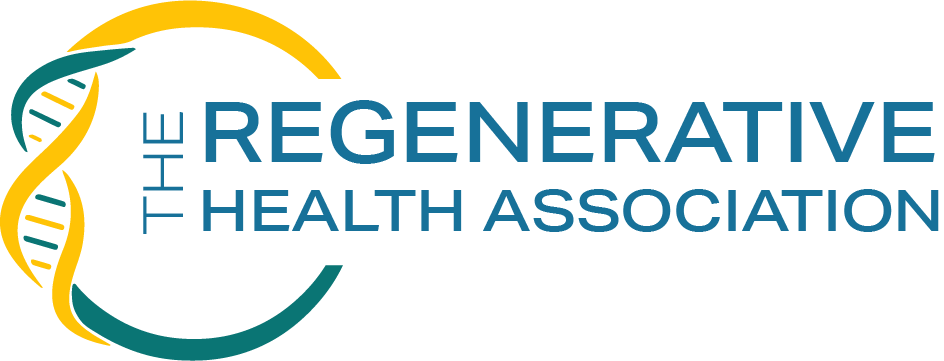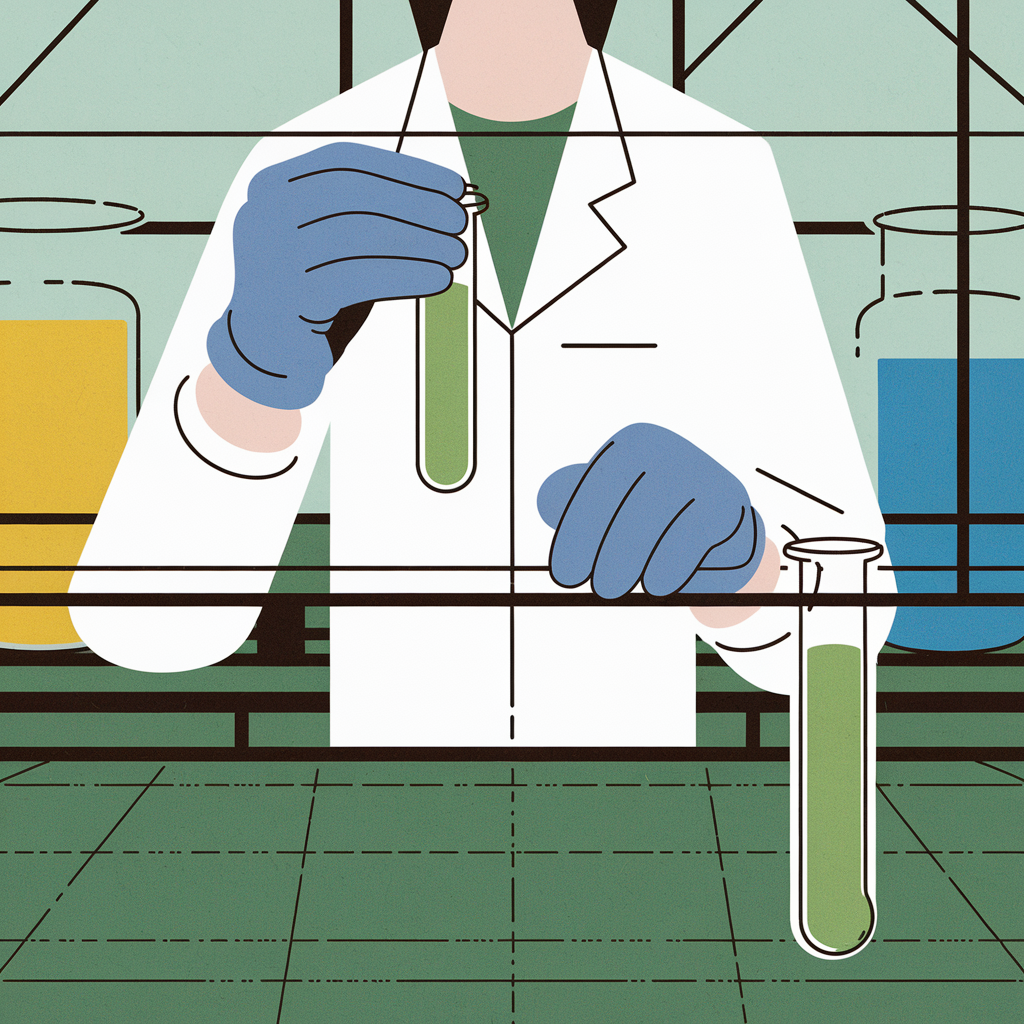Facial paralysis, marked by a complete loss of voluntary muscle control, can significantly impact daily life. Traditional treatment approaches include nerve grafts and surgical interventions, but research into regenerative therapies is expanding the available options. One emerging area of interest is the use of adipose-derived stem cells (ADSCs) to support nerve regeneration and improve functional outcomes.
ADSCs, obtained from the stromal-vascular fraction of fat tissue, contain a mix of mesenchymal stem cells (MSCs), smooth muscle cells, endothelial cells, pericytes, and immune cells. Among these, MSCs play a crucial role in nerve repair by promoting axonal regeneration, enhancing motor function, and releasing growth factors that support healing.
Studies suggest that ADSCs may contribute to:
- Improved axonal regeneration through Schwann-like differentiation
- Increased myelinated fiber count and thickness
- Enhanced target reinnervation by releasing neurotrophic and angiogenic factors
The effectiveness of ADSCs in facial nerve reconstruction offers a promising alternative for patients who may not be candidates for traditional surgical methods.


